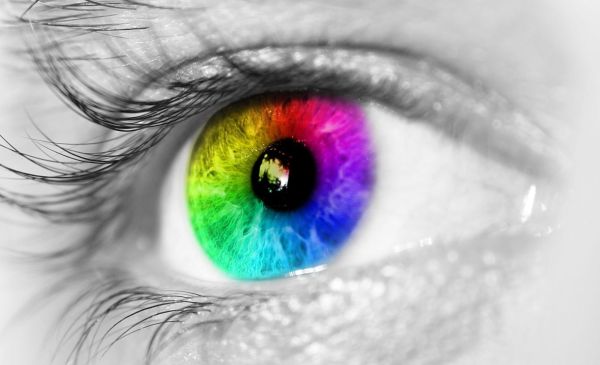Humans exhibit two highly innate traits – we are visual creatures and irrational thinkers, both at the same time. Our thoughts, feelings, actions and even decisions are subconsciously dominated by how we perceive the visual appeal of a product or a brand.
The foremost (and perhaps, the most important) aspect of visual appeal that strikes customers immediately are the colors that are chosen. Colors are extremely powerful; they influence us in ways we ourselves are unaware of. Nevertheless, in order to fathom how colors direct our behavior as well as our decision-making ability, the complex subject of color psychology has been developed as a full-fledged research area.
Colors, in the simplest of terms, are how our brain perceives the light reflected by different objects in our surroundings.
Different wavelengths get projected as different colors. Each color coerces a certain set of emotions in us; it is hardwired in our brains. This being backed by a reliable research, a product’s color can influence a customer’s purchasing decision by anywhere between 60 to 80 percent. While red sparks the sentiments of energy and excitement, blue color evokes trust and loyalty. Yellow ignites happiness and enthusiasm whereas violet stirs feelings of luxury and imagination. But as researchers state, color psychology is way more complex and individually-driven than this universal association. A single color can evoke contrasting connotations depending on the audience it deals with. On the other hand, distinct shades, tints and tones of the same family of color can too elicit clashing emotions in customers. A bright, sunny yellow radiates happiness and positivity. But a dull, pale yellow exudes sickness and monotony. Hence, opting for proper colors more on the basis of their context than generalized insights can help build a supreme, memorable perception of the brand.
Since the very first practices of branding, colors have occupied a major space in this process.
Brands, in order to distinguish themselves from their competitors, focus on choosing those colors that streamline and foster their values, aesthetics and tonality altogether. An additional study conducted highlights that correct colors can increase brand recognition by up to 80 percent. Regional and cultural associations too can impact this decision considerably. And in more than any other platform, the retail sector undergoes the most scrutiny in this regard. Colors are capable of aligning businesses with various kinds of personalities and a wrong selection of colors can be detrimental to its success.
Also, specific colors prove to be great for certain industries than others. For instance, the CPG industry (also known as FMCG) is flooded by the colors of red, orange, and yellow because they stimulate hunger.
Technology and healthcare brands tend to choose the tranquil blue and similarly, green flourishes in environment, education and leisure industries. Grey and black are mostly chosen in combinations with other colors. Consequently, a correct color palette can envelop an ideal spirit and strength around the concerned brand or product.
It is also pivotal for brands to undertake a thorough, in-depth study of the demographics showcased by their target audiences before picking colors. An independent study suggests that blue is the most preferred color by both men and women whereas brown is the most disliked. This is particularly why 33 percent of the world’s top 100 brands have chosen the color blue in their logos, followed by the next 29 percent using red. In their youth, men opt for colors like charcoal black, denim blue and splashed white. Young women prefer crimson, tangerine and jade. As men and women age, they tend to be drawn to softer colors like snow blue, pale beige, crepe pink, and candle white.
The right colors can strengthen the brand identity and its perception in the minds of customers. Brands can communicate through their colors without actually having to communicate at all. This makes them enduring and supplements them with a unique identity which is both relatable and timeless.
Contributed to Branding Strategy Insider by: Geet Bagrodia the founder and CCO of the company Vowels.
The Blake Project Can Help: The Strategic Brand Storytelling Workshop
Branding Strategy Insider is a service of The Blake Project: A strategic brand consultancy specializing in Brand Research, Brand Strategy, Brand Growth and Brand Education




